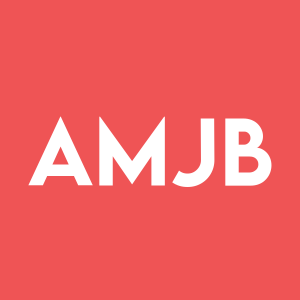JPMorgan structured notes link to S&P 500, Russell 2000, Nasdaq-100
JPMorgan Chase Financial Company LLC is offering $1,725,000 of Auto Callable Dual Directional Buffered Return Enhanced Notes linked to the least performing of the S&P 500®, Russell 2000® and Nasdaq-100 Index®, fully and unconditionally guaranteed by JPMorgan Chase & Co.
The notes may be automatically called on November 27, 2026 if each index is at or above 100% of its initial level, paying $1,125 per $1,000 note. If not called, they mature on November 27, 2028 and offer 1.50x upside if all indices rise, or a dual-directional feature that pays the absolute return of the worst index when its decline is up to the 25% buffer, capping gains at $1,250. If the worst index falls by more than 25%, investors lose 1% of principal for each 1% further decline, up to a 75% loss. The notes pay no interest or dividends, are unsecured obligations subject to the credit risk of JPMorgan Financial and JPMorgan Chase & Co., and have an estimated value of $970 per $1,000 at pricing.
Positive
- None.
Negative
- None.
FAQ
What is JPMorgan Chase Financial (AMJB) offering in this 424B2 filing?
JPMorgan Chase Financial Company LLC is offering $1,725,000 of Auto Callable Dual Directional Buffered Return Enhanced Notes linked to the least performing of the S&P 500®, Russell 2000® and Nasdaq-100 Index®, fully guaranteed by JPMorgan Chase & Co.
How and when can these JPMorgan structured notes be automatically called?
The notes can be automatically called on the Review Date, November 27, 2026, if the closing level of each index is at or above its Call Value of 100% of its initial level. In that case, holders receive $1,000 principal plus a $125 call premium per note on the December 2, 2026 Call Settlement Date, and no further payments are made.
What is the payoff at maturity if the JPMorgan notes are not called?
If not automatically called and each index finishes above its initial level on the November 21, 2028 Observation Date, each note pays $1,000 plus 1.50 times the least performing index return. If the worst index is flat or down by up to the 25% buffer, each note pays $1,000 plus the absolute return of that index, capped at $1,250. If any index is down by more than 25%, principal is reduced 1% for each 1% decline beyond 25%.
What are the main risks of the JPMorgan Auto Callable Dual Directional Buffered Return Enhanced Notes?
Key risks include potential loss of up to 75% of principal if the least performing index falls more than 25% at maturity, no interest or dividend payments, exposure to the worst-performing index, limited upside if the notes are called early, lack of listing and potential illiquidity, and credit risk of both JPMorgan Financial and JPMorgan Chase & Co..
How do the buffer and dual-directional features work on these JPMorgan notes?
The notes provide a 25.00% buffer against declines in the least performing index at maturity. If that index is down by up to 25%, investors receive a positive return equal to the absolute decline, up to a maximum payment of $1,250 per $1,000 note. Below a 25% decline, principal is eroded point-for-point with further losses.
What is the estimated value and pricing of the JPMorgan structured notes?
Each note has a principal amount and price to public of $1,000, with selling commissions of $3 per note and proceeds to the issuer of $997 per note. The total offering size is $1,725,000, and the estimated value at pricing is $970 per $1,000 note, reflecting selling, structuring and hedging costs.
Which indices underlie these JPMorgan Auto Callable Dual Directional Buffered Return Enhanced Notes?
The notes are linked individually (not as a basket) to the S&P 500® Index (initial level 6,602.99), the Russell 2000® Index (initial level 2,369.587) and the Nasdaq-100 Index® (initial level 24,239.57) as of the November 21, 2025 Pricing Date, with payments based on the least performing index.








